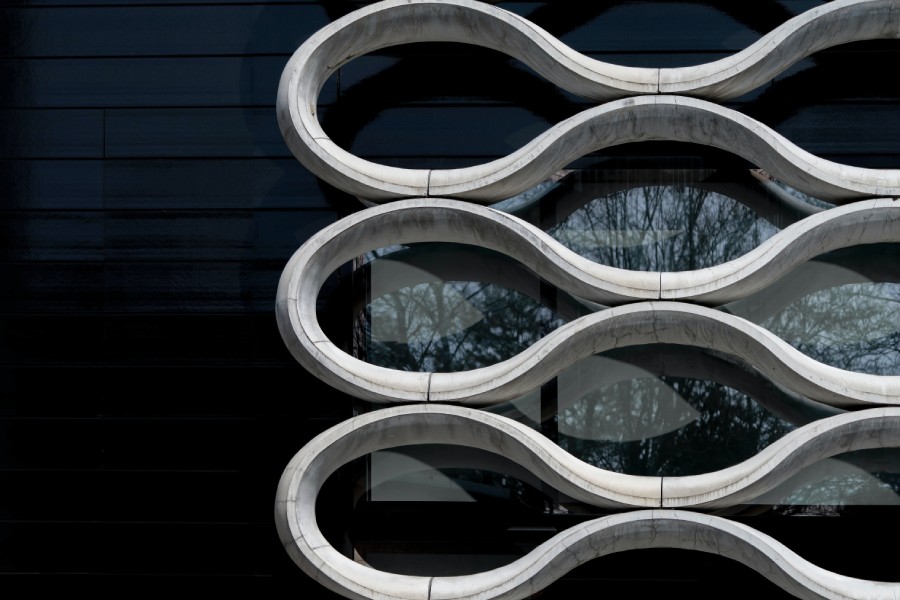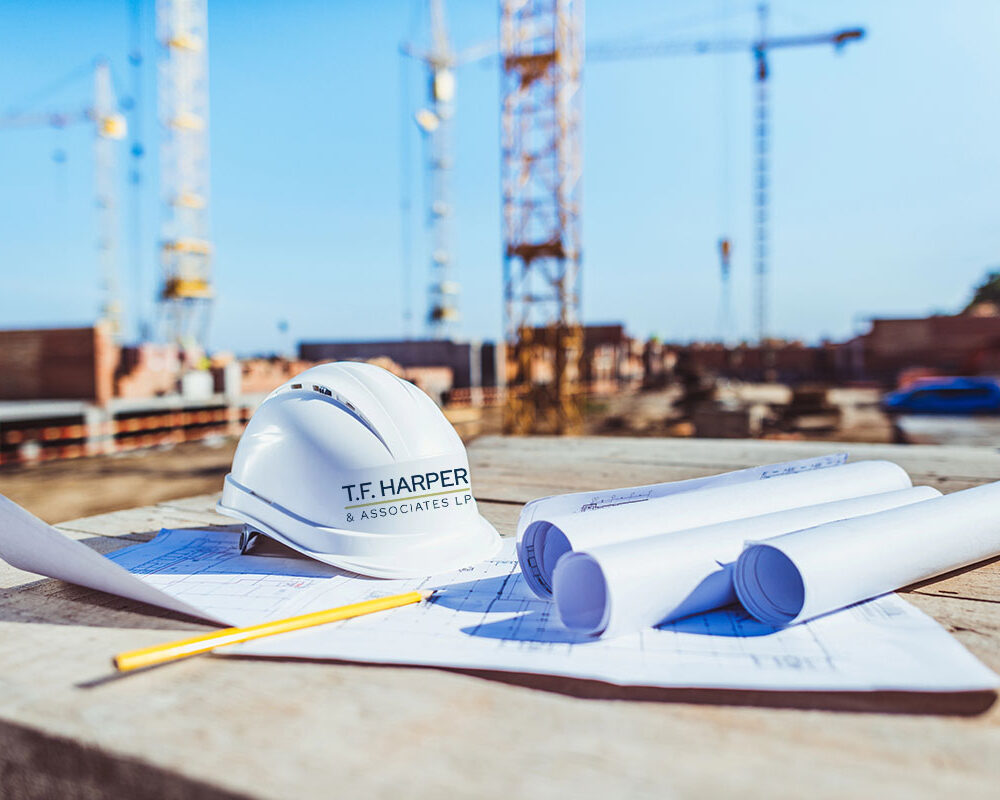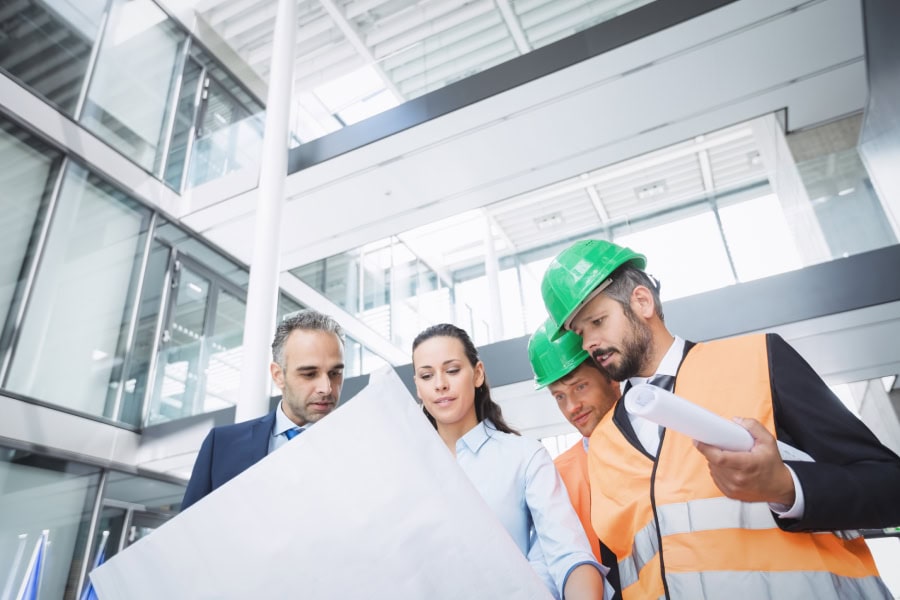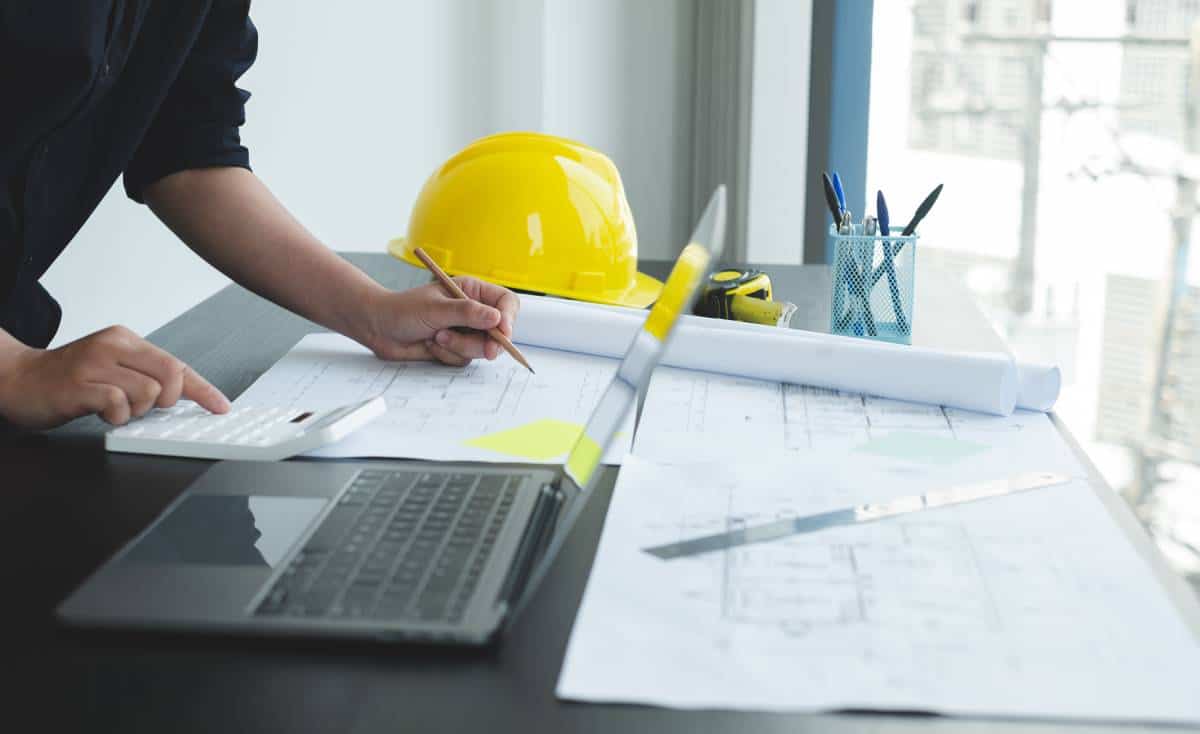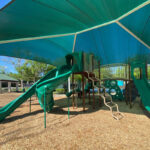With the rising demand for efficient, sustainable and affordable construction materials, precast concrete technology has emerged as a viable solution. Precast concrete offers numerous advantages over traditional cast-in-place concrete in terms of quality control, durability, speed of installation and cost effectiveness. Thanks to advancements in manufacturing processes and innovative design techniques, precast concrete products can now be customized and optimized for specific applications, making them ideal for a wide range of building projects – from residential homes to high-rise offices, bridges and tunnels.
Delving into the construction industry, we will investigate how precast concrete technology is revolutionizing the way we build for a brighter future. We are at an exciting junction in history, where advances in precast concrete are pushing the boundaries of what’s possible when it comes to construction projects.
Overview of Precast Concrete Technology
Precast concrete technology has revolutionized the construction industry by providing a versatile and efficient alternative to traditional cast-in-place concrete. Precast concrete refers to concrete products that are manufactured in a controlled environment and then transported to the construction site for installation. The manufacturing process involves pouring wet concrete into molds, allowing it to cure and harden before being transported. Thanks to innovative design techniques, precast components can now be optimized for specific applications, making them ideal for various building projects.
One of the primary advantages of precast technology is quality control. Since each component is manufactured in a controlled environment, consistent quality can be achieved with little variability from one piece to another. Since precast units are produced off-site under controlled conditions, they also require less on-site labor time and offer faster installation times compared to conventional methods.
This makes precast concrete an attractive choice for large-scale projects where timeliness is critical without compromising quality standards. With continued advancements in manufacturing processes these benefits will only continue expanding in scope – offering further potential savings on materials as well as reducing carbon emissions related to transport costs associated with non-precast solutions like steel or wooden beams used in building construction today.
Advantages of Using Precast Concrete Technology Over Traditional Methods
One of the key advantages is that precast concrete components are manufactured offsite in a controlled environment, ensuring consistent quality and compliance with industry standards. This reduces the likelihood of defects or errors occurring during installation, resulting in fewer delays and reduced risk of costly rework. In addition, precast concrete requires less ongoing maintenance thanks to its superior durability and resistance to weathering, chemicals, fire and other environmental factors.
Another advantage is the speed at which precast concrete can be installed on site. With traditional cast-in-place methods, significant time must be allocated for curing before work can continue on top. However, precast elements can be delivered and assembled quickly since they are ready-to-use upon arrival at the construction site. This results in significant time savings throughout a project’s timeline – from foundation work to structural framing – allowing buildings to be built faster than through conventional methods.
Recent Advances in Precast Concrete Construction
In recent years, the precast concrete construction industry has experienced significant advancements in technology, improving overall efficiency and sustainability. New manufacturing processes have been developed that can produce longer-lasting products with greater strength and durability than traditional cast-in-place concrete. Innovative design techniques now allow for custom-made precast elements to be produced more easily than ever before.
One major advance in precast concrete technology is the use of computer-aided design (CAD) software that allows architects and engineers to create highly detailed 3D models of their structures. This enables manufacturers to create precast parts with extremely precise tolerances, reducing installation time on site and minimizing waste material as well.
Another important trend in this field is the incorporation of recycled materials into precast production methods. By using sustainably sourced aggregates instead of raw materials, producers are able reduce carbon emissions during manufacture while also conserving natural resources for future generations. Overall, these advances have positioned prefabricated solutions as a preferable option over traditional cast-in-place construction methods when it comes to quality control, speed of delivery and cost-effectiveness.
Future Outlook for the Use of Precast Concrete Technology
The future outlook for the use of precast concrete technology is promising. With continued advancements in manufacturing processes, design software and materials science, the industry is poised to create even more efficient and sustainable products that meet a wide range of construction needs.
One key trend is the increasing focus on modularization and standardization. By creating standardized designs for certain building elements like walls or floors, manufacturers can reduce costs by streamlining production processes while still allowing for customization when needed. This approach also allows builders to assemble structures more quickly and with greater precision than traditional building methods.
Another area where precast concrete has potential is sustainability. Precast products can contain recycled materials and be designed with energy-efficient features such as insulation and solar shading, making them an attractive option for ecologically conscious buildings. As environmental regulations become increasingly stringent, many architects will look to precast concrete as a way to reduce their carbon footprint without sacrificing quality or aesthetics.
Overall, the future looks bright for precast concrete technology as it continues to evolve into an ever-more versatile tool within the construction industry.
Conclusion
It is evident that precast concrete technology has revolutionized the construction industry in recent years. The benefits of using precast concrete over traditional cast-in-place concrete are immeasurable, and with continued advancements in manufacturing processes and design techniques, these advantages will only continue to grow. With its ability to be customized and optimized for specific applications, precast concrete is a versatile material that can be used in virtually any construction project – from small residential homes to large commercial buildings.

